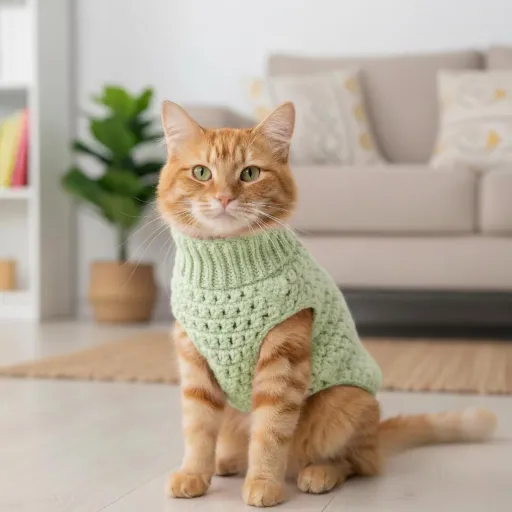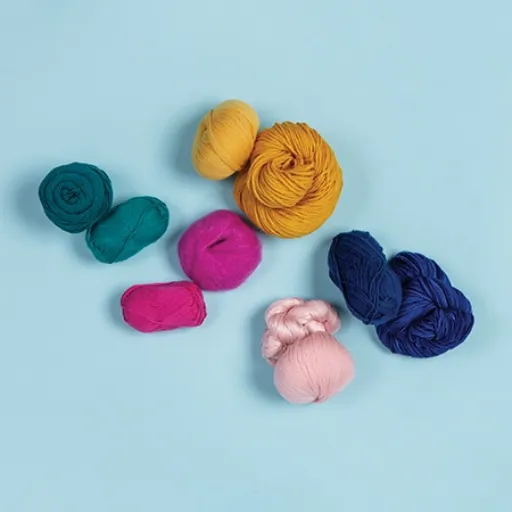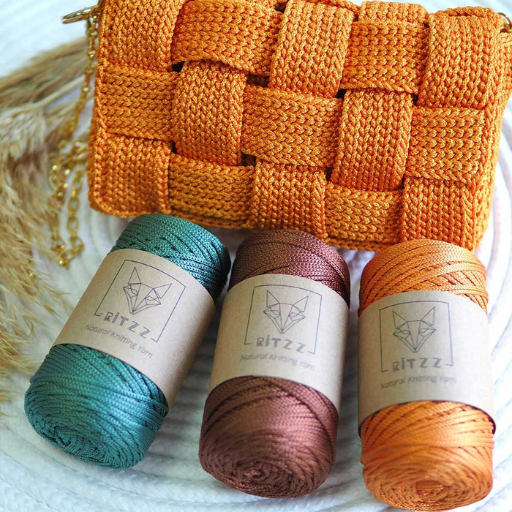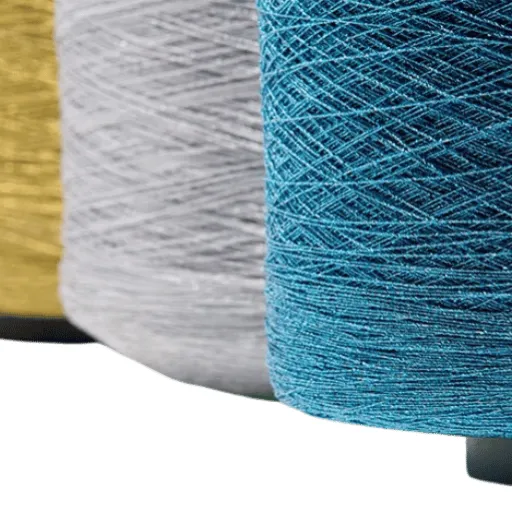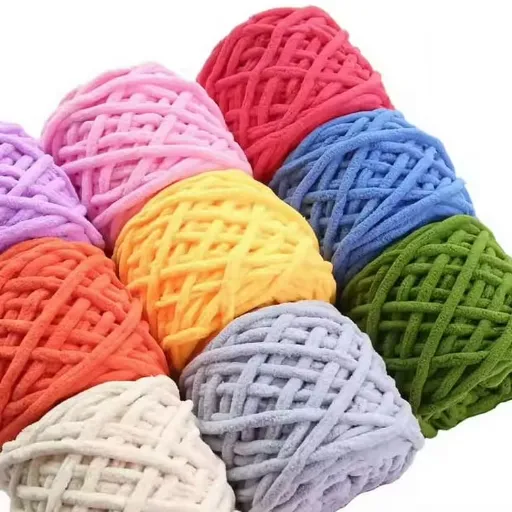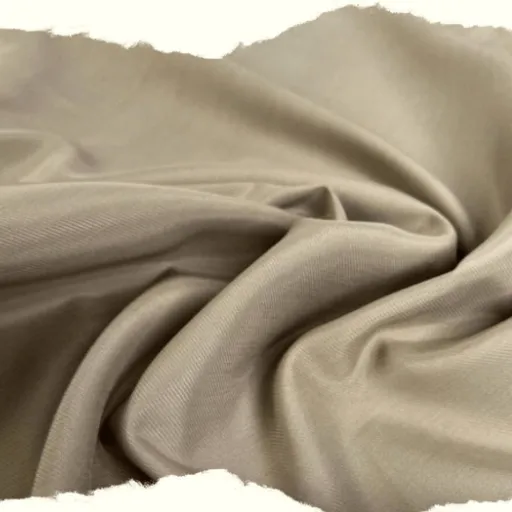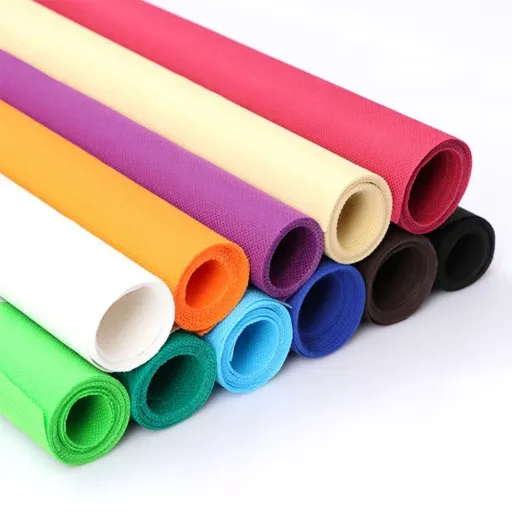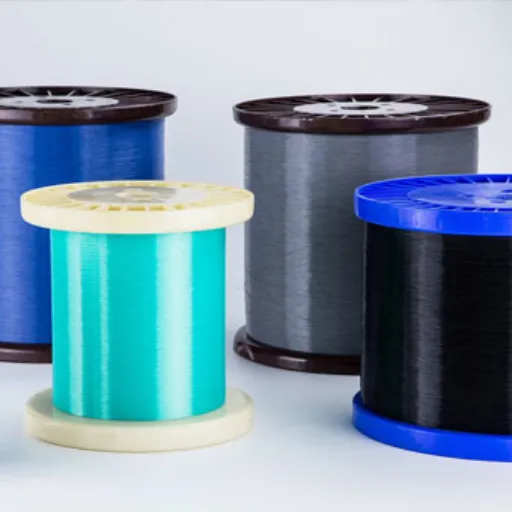A versatile fabric, viscose is also known by Cairo names. And this fabric is an expensive counterpart to inexpensive. Because it is extremely lightweight, breathes through it, and yields to softness, it gets to be a fashion and interior design textile. What indeed is viscose fabric, and why does it enjoy so much popularity? The article is a journey into the story of viscose: its origin, distinct features, and applications. If you want to know about its ecology, whether it’s a sustainable choice that can make it into your closet, or maybe just a curious bunch of fellow textile geeks, this article is all you’ll need to have in your kitty. Buckle up for the deep dive into the world of viscose that designers and consumers still love to revel in.
Understanding Viscose and Its Production
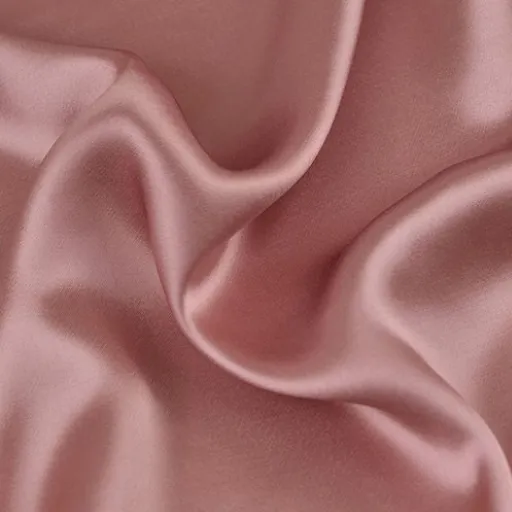
Viscose Fabric-The Meaning
Viscose fabric, also known as rayon, is a semi-synthetic textile. The common source of its raw ingredient (cellulose fibers) is wood pulp. With this technique, one may obtain a soft, versatile material by treating natural cellulose with chemical solutions. Viscose is used for clothing, upholstery, and many other purposes, given that the fiber is smooth in texture and is very light.
The distinguishing features of viscose are that it looks and feels like silk, serving as an elegant and cheap alternative to real silk. It has high absorbency and is good in breathability, making it a really comfortable summer wear. It also drapes well, which is why it is preferred for flowing garments and dresses.
From the trade, we learn that the production of viscose poses environmental concerns: chemical usage and water consumption in large quantities threaten if improperly managed. In spite of the problems mentioned, sustainable solutions are under consideration so that in the future, viscose will be produced in harmony with the textile industry’s growing demand for environmental conscientiousness.
The Viscose Production Process
Several key stages in production start with raw material procurement. Generally, wood pulp from trees like eucalyptus, beech, and spruce is used. Wood is first chemically treated to extract cellulose, a natural polymer constituting the basis of viscose. This cellulose is further processed to provide a solution capable of undergoing fiber production.
The resulting cellulose is steeped in a chemical solution, which is essentially a mixture containing standard caustic soda, with the intention of breaking down its structures into alkali cellulose. It is then aged and treated with carbon disulfide to be converted to cellulose xanthate, an intermediate that can be dissolved to an extent in caustic solution to yield viscose liquid. This viscous solution is then filtered to rid it of Xs and later spun into fibers.
The other side of the process is the regeneration of the cellulosic fibers. In the wet-spinning process, viscose solution is extruded through spinnerets into a spinning bath composed of sulfuric acid. This bath allows the fibers to solidify, converting the liquid into cellulose. Regenerated fibers are then washed, bleached, and dried for textile uses. The process, though efficient, can pose serious environmental hazards if left untreated, thus calling for sustainability in its practices.
Raw Material for Viscose Manufacturing
Viscose manufacturing processes operate with a few critical raw materials, mainly the natural cellulose. The major source is wood pulp, extracted from tree species, mostly spruces, eucalyptus, and beech. The suitability of these trees depends upon the cellulose content value-the higher is the desired cellulose content for viscose manufacturing.
Another raw material of significance in the manufacturing of viscose is caustic soda (sodium hydroxide), which helps dissolve cellulose to form alkali cellulose. This alteration enables the formation of a viscose solution with which the cellulose may then be regenerated as fibers. Carbon disulfide chemically converts the alkali cellulose into cellulose xanthate, thus creating the primary intermediate in the process.
Sulfuric acid is an essential chemical in the spinning bath, which converts cellulose xanthate into pure cellulose fibers. These, along with the chemicals and the cellulose from wood pulp, take front-stage in viscose manufacturing. Ensuring sustainable procurement of these materials, while cutting down on chemical wastes, has never been more vital to making procedures environmentally favorable.
Properties of Viscose Fabric
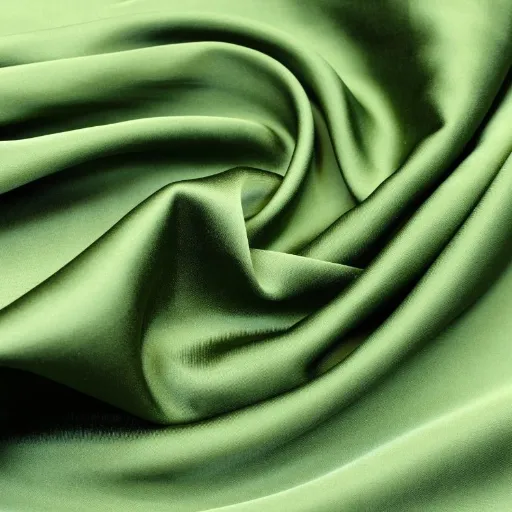
Characteristics of Viscose
The fabric of viscose is versatile and widely used with a silk-like texture and soft feel. It is light in weight and breathable, making it comfortable to wear in any climate and good for summer wears. Its smooth surface gives a shiny effect, attractive for casual and formal wear.
Another characteristic of viscose is its ability to gracefully drape. This attracted the use of viscose in gowns, blouses, and skirts that flow. Viscose is also very good with dyeing, which means good color retention and very brilliant colors. This further increases its versatility in fashion and design with broader options for customization and visual appeal.
⚠️ Important Note: However, viscose also brings some disadvantages that deserve an explanation. Viscose wrinkles easily, thereby losing its strength when wet, thus casting it away for long-lasting wear unless taken good care of. Also, in the production of viscose, it keeps a very soft feel to the fabric but has an impact on this earth and can be resource-intense unless sources properly. Therefore, it is in the best interest of the planet if the fabric is cared for properly and if sustainable practices are used during manufacturing to reap the benefits.
Breathability and Comfort of Viscose Fabrics
Viscose fabrics are highly regarded for their exceptional breathability, making them a popular choice for warm climates and summer clothing. The fiber’s lightweight and semi-synthetic nature allow air to pass through easily, helping the body stay cool and comfortable. This quality makes viscose a great material for activewear, dresses, and other garments designed for extended use in hot and humid conditions.
Comfort is another key strength of viscose fabrics. The material is soft to the touch, closely mimicking the luxury feel of natural fibers like silk. Its smooth texture reduces irritation on the skin, making it ideal for sensitive skin or layered clothing. Additionally, the fabric’s ability to drape elegantly without clinging further enhances its comfort and aesthetic appeal.
However, while viscose excels in breathability and comfort, proper care is crucial to maintaining its qualities. The fabric is prone to losing strength when wet and can wrinkle easily, which may affect its longevity. To ensure optimal performance and durability, gentle washing and air drying are recommended. By handling it with care, wearers can fully enjoy the benefits of viscose fabrics while promoting sustainable usage.
Viscose versus Silk and Polyester
| Fabric Type | Origin | Key Characteristics | Price Range |
|---|---|---|---|
| Viscose | Semi-synthetic (wood pulp) | Soft, silk-like, breathable, good drape | Affordable |
| Silk | Natural (silkworms) | Luxurious, strong, natural elegance | Premium |
| Polyester | Synthetic (petroleum) | Durable, wrinkle-resistant, low maintenance | Low to moderate |
Often compared due to the predominant role they play in textile production, viscose, silk, and polyester each bring forth a range of possibilities. Compared to viscose, silk feels soft, smooth, and luxurious, with contrastive difference on the very parameters of composition. Silk is a natural protein fiber produced by silkworms, whereas viscose is a type of semi-synthetic fiber produced from cellulose commonly extracted from wood pulp. Hence, viscose can be viewed as a cheaper variant of silk that provides essentially the same texture and appearance.
The very aspects that make viscose and polyester special, in contrast to each other, make them opposites. Polyester is a synthetic fiber derived entirely from materials of petroleum origin. It is highly durable, resistant to wrinkles, and non-absorbent. Viscose, on the other hand, will make you comfortable by absorbing moisture-like sweat from your body but just give very little comfort to the eyes by compromising their strength when in contact with water. Polyester may be gaining ground for ease of care and longevity, but viscose is very nearly like a natural, draping in elegant folds.
Selection among viscose, silk, and polyester largely falls on usage and personal preferences. Silk appeals to premium quality and natural elegance, polyester to durability and little maintenance. Viscose is in the middle, offering softness and less price at myriad usages. Each has its own benefits and strength, so an informed choice ensures the right one for a given occasion.
Manufacturing Processes of Viscose
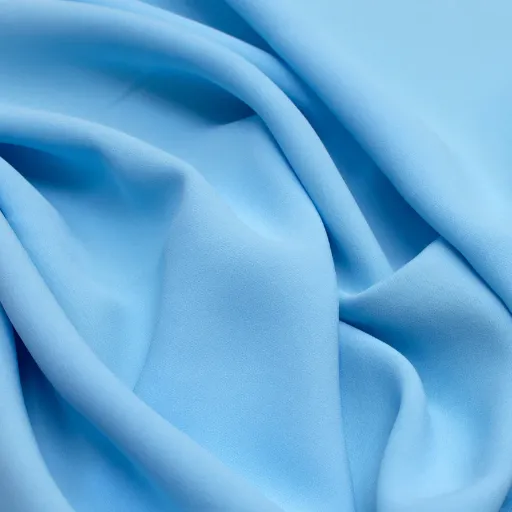
From Raw Material to Fabric: The Viscose Process
Step 1: Raw Material Extraction
In times past, cellulosic fiber extraction was done manually from different natural sources like wood pulp, or from plucking cotton fibers via brute manual force. This substance is then treated chemically preferably with caustic soda to pry apart its natural interlinked structure to make material known as alkali cellulose.
Step 2: Chemical Treatment
Once the alkali cellulose is prepared, aging follows, and then it is treated with carbon disulphide to obtain cellulose xanthate, which is dissolved in a dilute solution of sodium hydroxide to form viscose, a honey-thick liquid.
The viscose is filtered to eliminate impurities so that fiber formation proceeds smoothly. The viscose solution gets extruded through spinnerets into a warm chemical bath, solidifying the viscose into thin threads or filaments. Such fibers are woven into fabric or find other uses, hence allowing for versatility and wide applications in the textile trade. This process represents a perfect equilibrium between science and craftsmanship in fabric making-a soft, tough, and cheap one.
Conventional Viscose vs. Sustainable Viscose
| Aspect | Conventional Viscose | Sustainable Viscose |
|---|---|---|
| Raw Materials | Often from unsustainable sources | Certified, responsibly sourced materials |
| Chemical Usage | High chemical consumption | Reduced chemical usage, closed-loop systems |
| Environmental Impact | Higher pollution and waste | Lower environmental footprint |
| Cost | Lower production costs | Higher production costs |
The methods of production and the impact on the environment are quite different between conventional and sustainable viscose. Conventional viscose production has frequently come in for criticism due to the resource-intensive procedures it employs involving the use of chemicals that are highly inconsistent to worker safety, for example, carbon disulfide. The method of gathering of raw materials, like wood pulp for conventional viscose, when improperly handled, would result in deforestation and the destruction of habitats.
Giving priority to a cricle of environmental issues, setting green standards for its methods, sustainable viscose production usually uses raw materials that are responsibly sourced and certified by third parties. These raw materials can be harvested either from managed forests or from alternative sources such as bamboo for a great reduction in deforestation. Additionally, processes of manufacturing sustainable viscose tend to be environmentally friendly and encourage the use of less chemical materials and recycling of water and by-products to lessen the environmental footprint.
Truly, the shift toward sustainable viscose stands for the textile industry’s growing value of functionality versus environmental responsibility. Despite the price tag, sustainable choices give the much-needed scrutiny and answer to the grave eco-environmental dilemma posed by the conventional forms of viscose production. Thus, opting for sustainable viscose gets the consumer and manufacturer alike working toward healthier planet-friendly solutions.
Challenges in Viscose Production
Environmental & Health Challenges
- Use of toxic chemicals like carbon disulfide
- Health hazards for workers
- Environmental pollution through effluent release
- Negative impact on biodiversity and water quality
There are numerous challenges to the production of viscose, with the main ones relating to resource depletion and environmental degradation. The use of poisonous chemicals, such as carbon disulfide, in conventional viscose production poses health hazards to the workers and causes pollution in the environment. Besides, contamination of nearby ecosystems happens through the effluent release operations, with negative consequences on biodiversity and water quality.
The other big issue is in the raw material supply. Viscose comes from cellulose, which usually comes from wood pulp, with the possible threat of deforestation if not sustainably sourced. Unsustainable logging practices cause habitat destruction, loss to biodiversity, and enhancement of carbon emissions. These challenges point toward the need for better forest management policies and more stringent rules on sustenance in raw material sourcing.
Thirdly, the production of viscose consumes so much energy and water resources that the entire operation wastes environmental resources. Many plants are operating in regions that are deficient in wastewater treatment systems or renewable energy configuration, which further compounds the problem. To combat the problem, the industry should embrace cleaner technologies, regulation enforcement, and the adherence of the supply chain to sustainable practices.
Purchasing and Caring for Viscose Fabrics
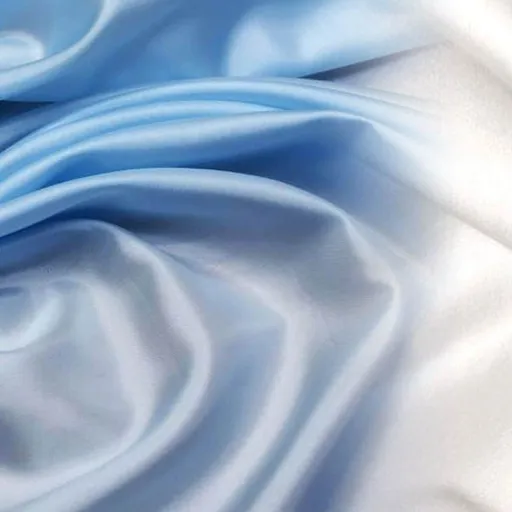
Tips for Purchasing Viscose Fabrics
✓ Check for Sustainability Certifications
Any purchase of viscose fabrics will require these certifications, which guarantee that the material has been made with due consideration for sustainable methods. FSC or OEKO-TEX certifications will mean that the fibers have been sourced legitimately and processed with minimum environmental impact. This will help assure that the producers apply strict environmental and ethical standards.
✓ Assess the Fabric Quality
Check texture, weave, and durability before purchasing. Good-quality viscose fabrics should feel smooth, soft, and a bit silky; stay away from fabrics that look too thin or hard and seem that they would wear out in no time, avoiding materials that also might be prone to pilling. Proper dyeing is likewise important: bright colors with an even finish are a good sign.
✓ Consider Life Span and Use
Select viscose fabrics designed for your individual use and include care requirements in the consideration. Some types of viscose may shrink or lose their shape in the wash, so consider the labels for care instructions. If you want something that doesn’t require much care, just keep an eye out for a blend of viscose with sturdier fibers, as this may be the best choice for daily use.
How to Care for Viscose Fabric
Washing Instructions
The caring for viscose fabric requires tender loving attention to maintain its looks and longevity. Since it remains very delicate when wet and prone to sudden damages, give it the best hand wash practice with cold to lukewarm water. Use mild detergent and stay gentle with the rubbing of the fabric. Do not wring or twist the fabric as it can change the shape. Viscose can also be laundered in a machine so on a delicate wash if the need arises, and it will surely benefit if one uses a fine mesh laundry bag.
Drying Guidelines
Drying is the other most important point in caring for viscose. Don’t put it in the tumble dryer, as the heat can accelerate the breakdown of the fibers. Spread the garment on a clean towel and gently reshaped to avoid stretching during drying. Dry it in an environment with natural ventilation, away from direct exposure to the sun, as it will cause fading and further weaken the fabric. Do not hang viscose when it is wet since it will lose shape by stretching.
Ironing Tips
Always use the lowest temperature setting and the fabric should be somewhat damp when ironing viscose to avoid scorching or other irreversible damage. Use a pressing cloth between the iron and fabric for extra caution. The above instructions will preserve the softness, shine, and durability of the viscose garment or textile.
Common Misconceptions About Viscose
❌ Myth: Viscose is Completely Synthetic
One of the numerous misconceptions about viscose is that it is totally synthetic in the way polyester or nylon would be. It is considered a semi-synthetic fiber due to its formation from natural cellulose, mostly obtained from wood pulp. Then, through a chemical treatment process, they create smooth and versatile fibers that are used for making fabrics. This mix-it-up composition, half-natural and half-chemical, makes the viscose a peculiar entity within the textile world.
❌ Myth: Viscose is Inferior Quality
Another misconception is that viscose is inferior quality and lacks durability compared to some fabrics. In reality, although one needs to give special care to viscose to extend its life, it is not inherently weak, nor will it ever readily sustain damage through normal use. It is mostly improper exposure to hot water and the intense agitation of washing machines or irresponsibly high heat drying that causes those problems of shrinking, losing shape, or tears, and less of the superficial chemical nature of the material. On the other hand, when correctly cared for, the fabric becomes really durable and long-lasting.
❌ Myth: Viscose Cannot Be Environmentally Friendly
While many try to cling to the notion that viscose cannot be environmentally friendly because of the chemicals involved in its making, this is an environmental advantage that is slowly fading. Of course, all of the traditional methods for manufacturing viscose might be environmentally harmful; but, then again, so are several processes used for growing commercial cotton. On the flip side, recent production methods, in conjunction with other sustainability efforts, have indeed made it possible for the environmentally better version of viscose to be produced. Some producers have turned to closed-loop processes, as well, which let them conserve water and stand against any gross polluting. Becoming knowledgeable about such developments can really open one’s mind to a differing perspective on the whole environmental picture of viscose.
The Future of Viscose Fibers
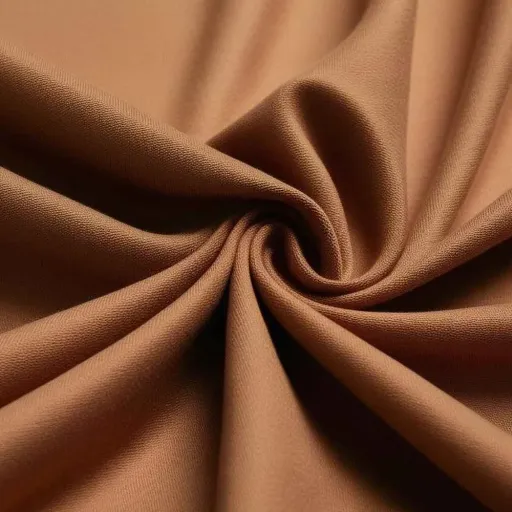
Emerging Technologies in Viscose Production
Emerging technologies in viscose production are thus concerned with the environmental impact associated with a traditional method. The adoption of closed-loop manufacturing is one such advancement, which recovers and reuses chemicals and water in the production process, so that minimal waste or pollution is formed. In restricting the discharge of chemicals, these technologies are also furthering the global ambitions of sustainability, thus making the production of viscose more environmentally friendly.
Hence another innovation includes the search for alternative sources for cellulose from agro-residues or recycled textiles. These materials curb the great demand coming from virgin forest resources and thereby contribute to some extent to promoting circular economy practices. This approach not only prevents deforestation but also tackles waste disposal problems by providing materials for plants that would otherwise have been discarded.
Biotech advances also play a great role in enhancing the viscose process. Enzyme-based methods offer a cleanup while minimizing chemical use in traditional processes. Techniques in filtration and purification are evolving to improve production efficiency, reducing water use, and limiting harmful by-products. Altogether, these emerging technologies can consider turning viscose production into a sustainable and environmentally worthy industry.
Trends in Sustainable Textile Manufacturing
Key Trends in Sustainable Manufacturing:
- Circular Economy Principles: Designing for longevity and recyclability
- Bio-based Materials: Plant-based fibers and biodegradable alternatives
- Green Technology: Waterless dyeing and renewable energy integration
- Closed-loop Systems: Minimizing waste and maximizing resource efficiency
Sustainable textile manufacturing at present focuses on diminution of resource consumption and waste with the least maximization of environmental pollution. One of the most relevant trends is the implementation of the principles of the circular economy. This means designing textiles that last long, are easy to recycle, and come with systems to recapture materials at the various stages of the product lifecycle. Upon encouraging closed-loop systems, manufacturers would require large-scale quantities of virgin materials, which would in turn go into other industries and into the making of wastes.
In the other scale sits the trend of utilizing bio-based and renewable raw materials. Plant-based fibers, recycled fabrics, and biodegradable materials are being developed to build textiles with a lower environmental footprint. These materials help to lessen the exploitation of natural resources and at the same time satisfy the ever-growing demand for green-labelled products from the customers.
Green technology trends are changing the production of textile manufacturing. Waterless dyeing, low-impact finishing, and renewable energy integration are becoming a reality in many places. All these aim at walking down the levels of energy utilization, water consumption, and greenhouse gas emissions. By technical innovations and sustainable sourcing and production mentality, the textile industry would be co-owning this green future.
Innovations in Viscose Applications
Currently enjoyed by textile manufacturers, viscose, revenue-gaining semi-synthetic fiber, underwent advances recently for environmental sustenance and other enhancements of its application. One great innovation has been the development of closed-loop production systems. Closed-loop production systems strive to recover chemicals and water reused throughout manufacturing, thus making a less environmental impact. This greatly improves the efficiency of production while also minimizing waste, representing a key step toward eco-friendly textile production.
The second set of innovations lies in the production and application of viscose fibers offering much better performance. They are designed so as to provide enhanced durability, breathability, moisture absorption, etc., and work well in the range of applications such as activewear and technical textiles. In addition, new developments in dyeing technology have allowed dyeing of viscose fibers into brilliant colors using lesser quantities of resources, thereby significantly enhancing their attractiveness and sustainability.
Thirdly, changes have occurred to raw material sourcing for viscose production. There has been an increasing trend toward the procurement of wood pulp from responsibly managed forests and certified plantations. Such developments counter deforestation and endorse sustainable forestry. Together, these advances strengthen the position of viscose as versatile and sustainable enough to balance environmental goals against the ever-changing demands of the textile market.
Frequently Asked Questions (FAQ)
Q: What are viscose fibers?
A: Viscose fibers are a regenerated cellulose fiber type made out of wood pulp. Another name for this fiber is the “fiber that gave the textile industry a new name of soft and breathable.” Viscose is often made into fabrics like rayon, a semi-synthetic fabric that was once considered an alternative to silk because of the luxurious texture it provided.
Q: How are viscose fibers made?
A: The making of viscose fiber consists of several processes. First, cellulose is extracted from wood pulp. This cellulose is then dissolved in a chemical solution, preferably carbon disulphide, to yield a thick viscous solution. The viscous solution is then pushed or extruded through spinnerets to form filaments, which are twisted into yarn and woven into rayon or modal fabrics.
Q: What are the different kinds of rayons that are formed out of viscose fibers?
A: There are various kinds of rayon from viscose fibers, including viscose rayon, lyocell, and modal. Lyocell is said to have an environmentally friendly process of production, whereas modal is a softer form of rayon which is more durable. Each of them has its own properties and textile uses.
Q: What are the advantages of using viscose clothing?
A: The viscose clothing enjoys softness, breathability, and perfect drape. Also, viscose, like all other cellulose fibers, biodegrades, thus it offers an eco-friendlier alternative to all synthetic fibers such as polyester. Because it absorbs moisture, viscose is comfortable to wear during warm seasons.
Q: What are some disadvantages of viscose fibers?
A: With all their advantages, viscose fibers also carry some disadvantages. They tend to be wrinkling, and at the same time, they were probably less durable than most other types of manmade cellulosic fibers. Moreover, the environmental concerns emanate from the chemicals used in making rayon, particularly carbon disulfide.
Q: How does viscose differ from cotton and other fabrics?
A: Viscose and cotton are fabrics used here and there, with quite different properties. Viscose is smoother, with a feeling like silk, an opulent alternative to silk; cotton is tougher and easier to handle. Another fact is that viscose is usually more absorbent compared to cotton, though, which makes it suitable for summer wears.
Q: What sustainable options are there for viscose production?
A: Sustainable options for viscose production do exist, such as using lignin-free cellulose as starting material and a closed loop to minimize environmental impacts. A substantial number of manufacturers of viscose have set their sights on ever greener production technology to reduce not only the water consumption but also chemical waste involved in making rayon.
Q: What are the differences between rayon fabrics and that of acetate?
A: Rayon and acetate are cellulose derivatives. They differ in chemical processes and properties. Rayon is made of regenerated cellulose, whereas acetate is produced by acetylating cellulose. Rayon can be considered the fabric of almost any kind of clothing because it is more absorbent and breathable. Acetate is often used for lining and formal wear because of its lustrous surface.
Q: What are bamboo viscose fibers?
A: Bamboo Viscose Fibers are a type of viscose made from cellulose of bamboo plants. This fabric is applauded for the qualities of softness, natural antibacterial properties, and eco-friendliness. Bamboo viscose is engaged much in sustainable fashion as it is derived from a quickly renewable, fast-growing resource and is biodegradable.
References
- Material Guide: What is Viscose and Is It Sustainable? – Good On You – A guide discussing the sustainability of viscose fibers, including ECOVERO, a more sustainable variant.
- Viscose is the most used manmade cellulosic fiber – Textile Exchange – Information on the origins and raw materials used in the production of viscose fibers.
- Quality Assessment of Socks Produced from Viscose and Lyocell – PMC – A study comparing the moisture absorption and breathability of viscose and lyocell socks to cotton socks.
- Development of photoluminescent viscose fibers integrated with composites – Wiley – Research on innovative uses of viscose fibers with photoluminescent properties.
- Viscose fibers decorated with silver nanoparticles – Springer – A study on modified viscose fibers with UV protection, antimicrobial, and antioxidant properties.








